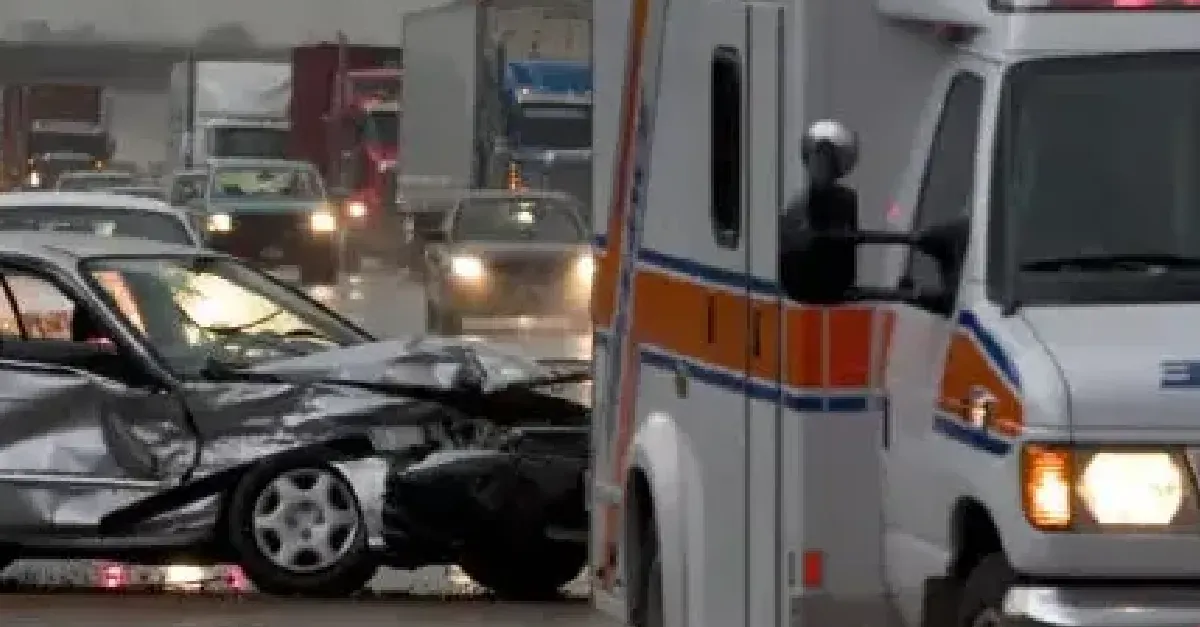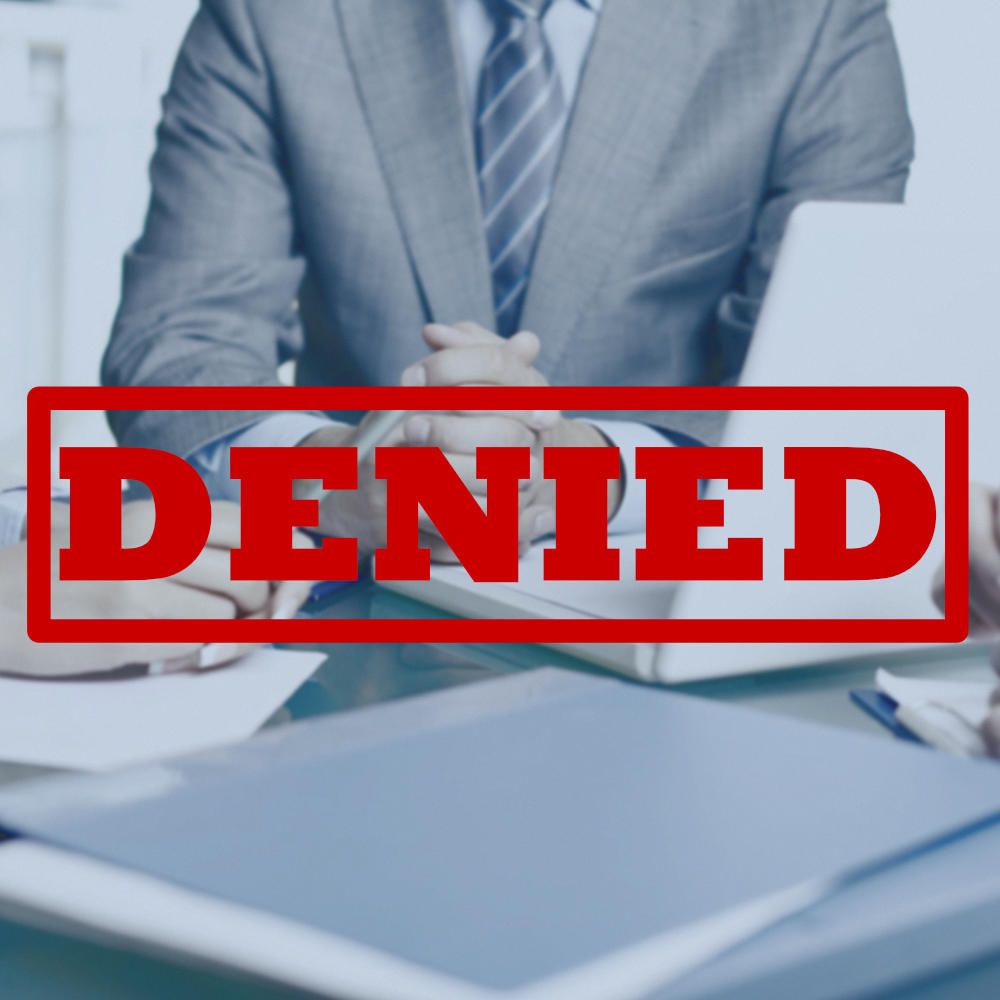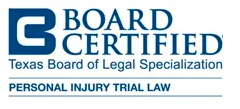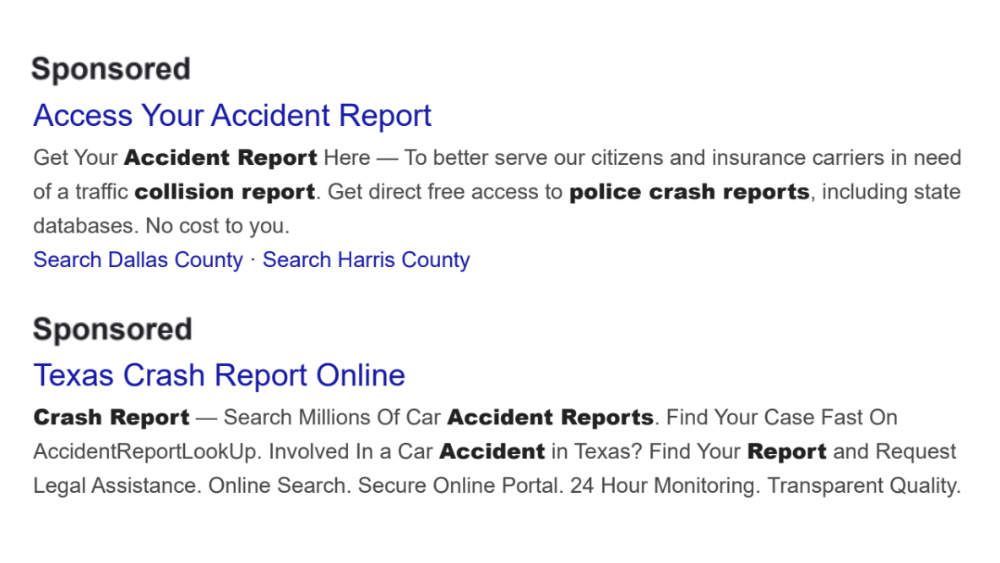Construction Accidents: What to Know and When to Get Legal Help

Construction sites are dynamic environments that involve numerous hazards and risks. Despite strict safety regulations and precautions, accidents can still occur, leading to devastating consequences for workers and even bystanders. If you or someone you know has been involved in a construction accident, it’s crucial to understand your rights and know when to seek legal help.
In this article, the construction accident lawyers at Wham & Rogers explore the key aspects of construction accidents, the potential injuries involved, and when it’s beneficial to consult with a legal professional. If you have questions, don’t hesitate to call us at (832) 592-1108.
Common Construction Accidents and Injuries
Construction sites are replete with potential hazards, and accidents can occur in various forms. Some of the most common construction accidents include:
- Falls: Falls from heights, such as roofs or scaffolding, are a leading cause of construction site injuries. These accidents often result from inadequate safety measures, lack of fall protection, or defective equipment.
- Struck by Objects: Construction workers are at risk of being struck by heavy objects or machinery. Falling tools, building materials, or moving vehicles can cause severe injuries, including broken bones, traumatic brain injuries (TBIs), or even fatalities.
- Electrocution: Construction sites have a high risk of electrical accidents. Faulty wiring, inadequate grounding, or contact with overhead power lines can lead to electric shocks, burns, and even death.
- Trench Collapses: Excavation work poses a significant danger, with the potential for trenches to collapse. Workers caught in a trench collapse can suffer from crush injuries, asphyxiation, or suffocation.
- Machinery Accidents: The use of heavy machinery and equipment on construction sites increases the risk of accidents. Malfunctioning machinery, improper operation, or lack of proper training can result in severe injuries, including amputations, crush injuries, or limb fractures.
- Chemical Exposure: Construction sites often involve the use of hazardous substances. Accidental exposure to toxic chemicals can lead to respiratory problems, burns, or long-term health issues.
Construction sites have some inherent risks to those working onsite, as well as those who may be nearby. It is important that construction site owners and operators properly train workers and ensure that construction sites are as safe as possible.
What are the Common Causes of Construction Accidents?
Construction sites are inherently hazardous environments, and accidents can occur due to a variety of factors. Some common causes of construction accidents include:
- Electrocution: Construction sites involve the use of electricity, and those nearby may face the risk of electric shocks or electrocution. Contact with live wires, faulty wiring, improper grounding, or inadequate electrical safety measures can result in serious injuries or fatalities.
- Trench Collapses: Excavation work poses a significant risk, particularly in trenches and excavations. A trench collapse can lead to workers being buried under soil or construction materials, causing injuries or death. Failure to provide proper shoring or protective systems, inadequate training, or unstable soil conditions contribute to these accidents.
- Machinery Accidents: Construction sites utilize heavy machinery and equipment, which can cause accidents if not used properly or if there are mechanical failures. Malfunctioning equipment, lack of safety guards, improper training, or inadequate maintenance can result in workers being caught
- Chemical Exposure: Construction workers may be exposed to hazardous substances such as asbestos, lead, solvents, or toxic gases. Failure to provide proper personal protective equipment, inadequate ventilation, or improper handling of chemicals can lead to respiratory problems, burns, or long-term health issues.
- Structural Collapses: Structural collapses, such as building or scaffold failures, pose significant dangers to construction workers. Poorly constructed or maintained structures, lack of structural integrity, or failure to follow engineering specifications contribute to these accidents.
- Fires and Explosions: Construction sites involve the use of flammable materials, welding, or cutting equipment, which can lead to fires and explosions. Improper storage of flammable substances, failure to follow safety protocols, or lack of fire prevention measures can result in severe injuries or fatalities.
- Inadequate Training and Supervision: Insufficient training and lack of supervision contribute to many construction accidents. Workers need proper training on equipment operation, safety procedures, and hazard recognition to mitigate risks effectively. Inadequate supervision may lead to unsafe work practices or shortcuts that can result in accidents.
This list is not exhaustive. There are many potential causes for construction site accidents and injuries. The list above is, however, the most common causes that are frequently reported in accident reports and lawsuits.
Understanding Your Rights
If you’ve been involved in a construction accident, it’s crucial to understand your rights and legal options. In most cases, injured workers are entitled to workers’ compensation benefits. Workers’ compensation provides medical coverage, wage replacement, and disability benefits for work-related injuries or illnesses, regardless of fault.
However, there are instances where workers’ compensation may not fully cover the damages suffered or when a third party is responsible for the accident. For example, if a defective product caused the injury, the manufacturer or distributor could be held liable. Additionally, if a subcontractor or another non-employer party’s negligence contributed to the accident, you may have grounds for a personal injury lawsuit.
When to Seek Legal Help
While workers’ compensation is designed to provide timely benefits, navigating the legal aspects can be complex. Additionally, if you don’t qualify for workers’ compensation, you could be left feeling overwhelmed with your medical expenses or lost wages. In such cases, it can be helpful to seek the guidance of a construction accident lawyer.
Here are a few indicators that it’s time to seek legal assistance:
- Severe Injuries: If your injuries are severe, causing long-term disabilities, permanent disfigurement, or impacting your ability to work and earn a living, consulting with a personal injury attorney is advisable. They can help assess the true value of your claim, including future medical costs and loss of earning capacity.
- Third-Party Liability: If a third party, such as a contractor, subcontractor, equipment manufacturer, or property owner, contributed to your accident, you may have grounds for a personal injury lawsuit. An experienced attorney can investigate the circumstances, identify liable parties, and build a strong case on your behalf.
- Compliance Issues: Construction sites are subject to numerous safety regulations and standards. If the accident occurred due to a violation of safety regulations or inadequate safety measures, consulting an attorney with expertise in construction accidents is essential. They can help determine if negligence or non-compliance played a role in the accident and hold the responsible parties accountable.
- Complex Legal Procedures: Dealing with legal procedures, paperwork, and insurance companies can be overwhelming, especially when you are recovering from injuries. An experienced attorney can handle all the legal aspects of your case, including gathering evidence, negotiating with insurance companies, and representing your interests in court if necessary. This allows you to focus on your recovery while ensuring your rights are protected.
It is important to note that each case is unique, and the circumstances surrounding construction accidents can vary. Consulting with a personal injury attorney who specializes in construction accidents will provide you with personalized advice based on the specifics of your situation. They can guide you through the legal process, protect your rights, and help you pursue fair compensation for your injuries, medical expenses, lost wages, pain, and suffering.
Get a Free Construction Accident Consultation
If you have been injured in a construction accident, contact Wham & Rogers for a free consultation. Our lawyers have an abundance of experience helping injury victims pursue compensation. Our Board Certified personal injury lawyer has the knowledge and resources you need to obtain maximum compensation.
Get started by calling us at (832) 592-1108, or by completing our online form.
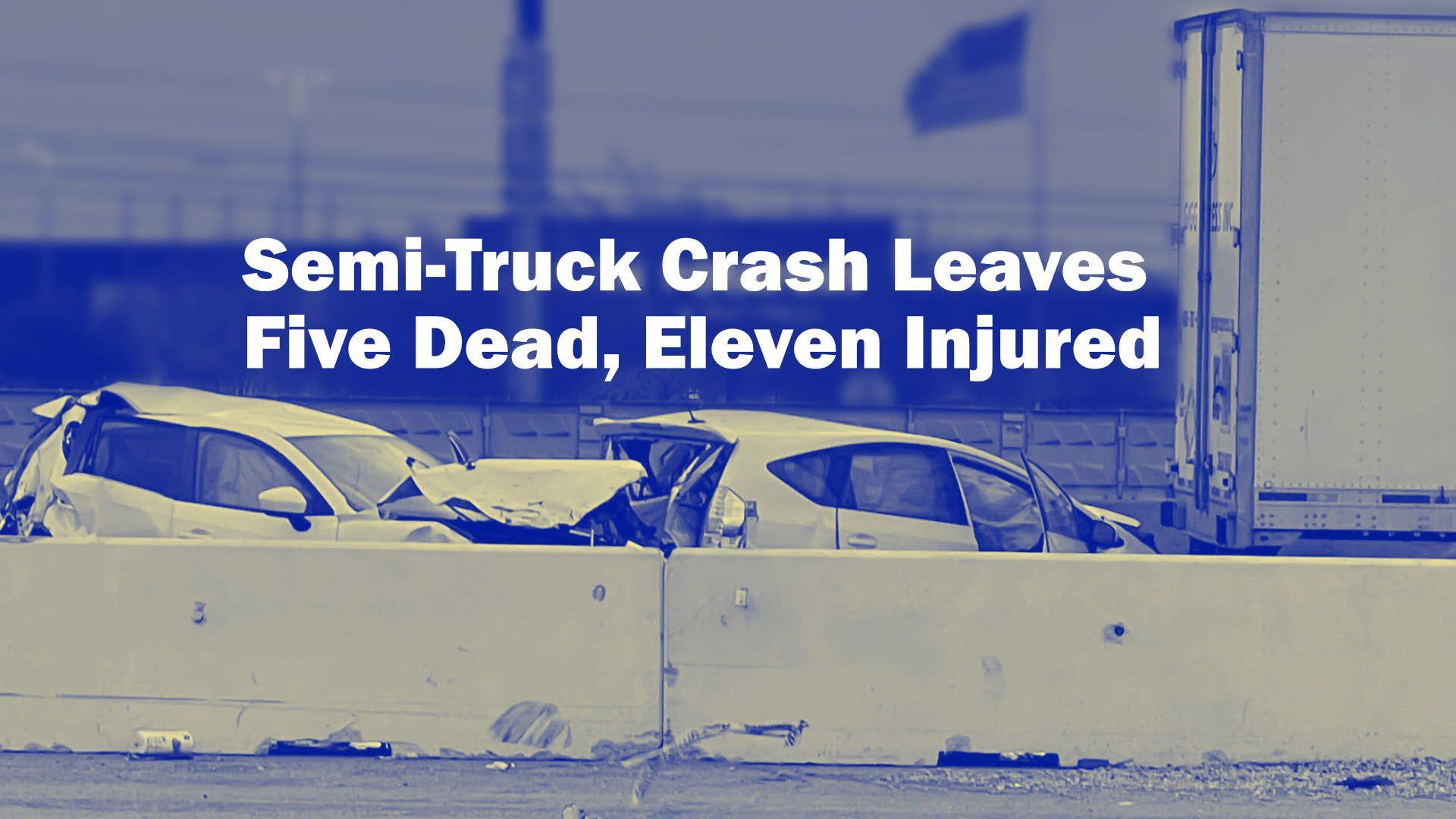
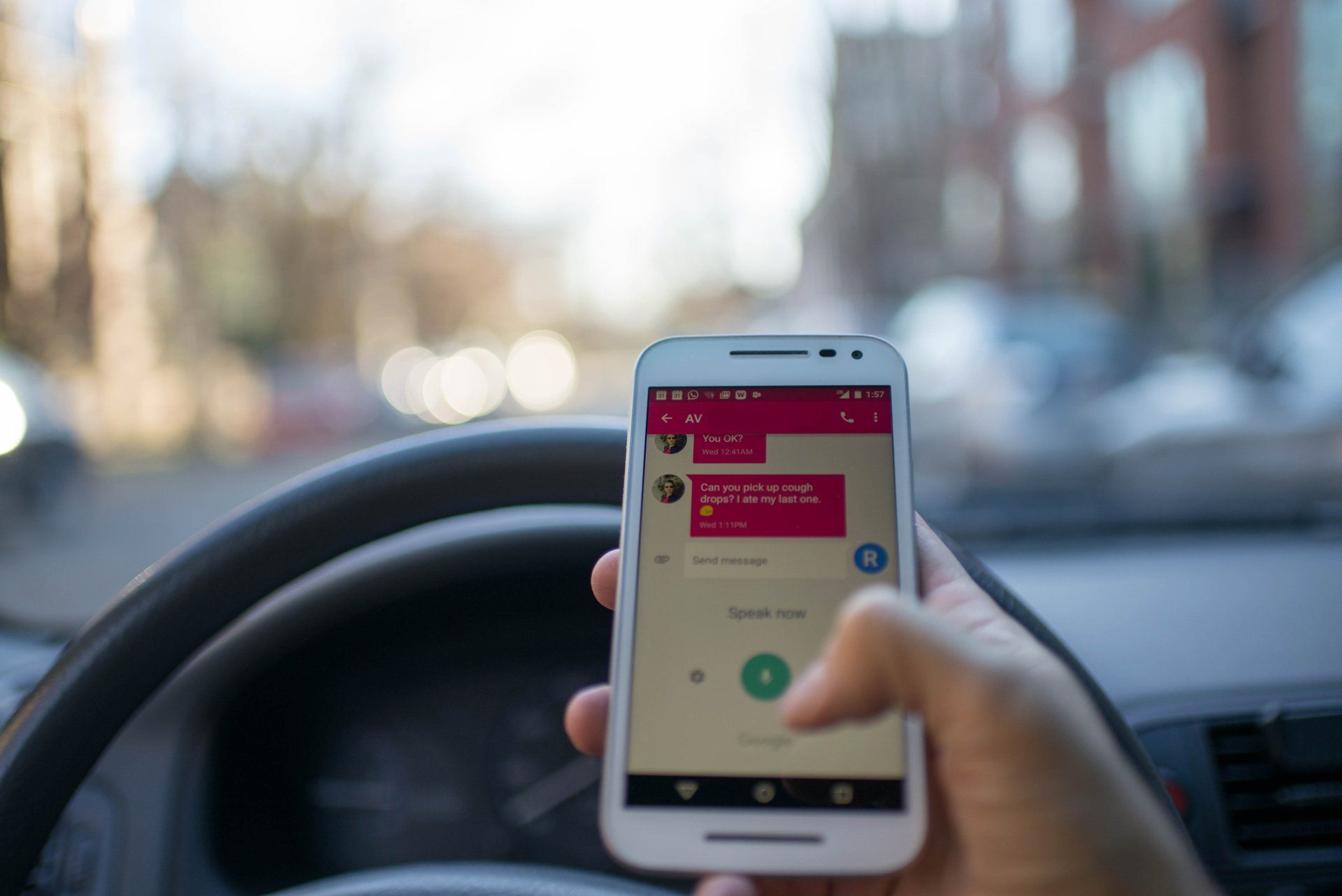
The information on this website is for general information purposes only. None of the information on this site should be taken as legal advice for any individual case or situation. This information is not intended to create, and receipt or viewing does not constitute, an attorney-client relationship.


